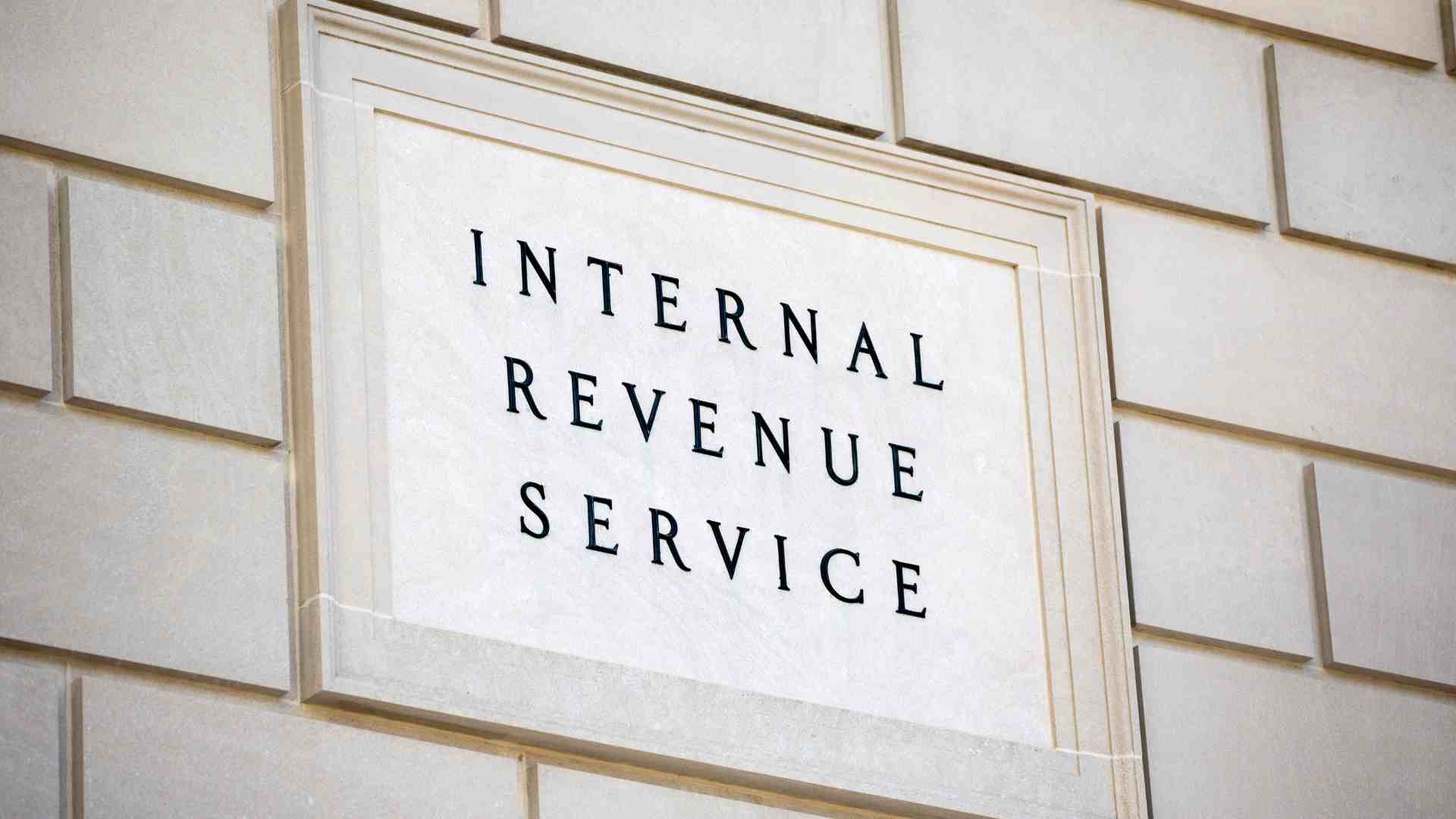Team Cardata
5 mins
GPS Mileage Tracking: Compliance Assurance and 30% Cost Savings
Automated GPS mileage tracking saves 42 hours per driver yearly, cuts costs, improves IRS compliance, and reduces audit risk.

Speak to an Expert
Book a CallDid you know that just by switching from paper mileage logs to a GPS-based mileage tracking app, every field employee can save about 42 hours a year?
That’s more than a full workweek reclaimed for more meaningful tasks. This article breaks down how switching to automated, IRS-compliant mileage tracking not only saves time and money but also helps protect your business from compliance headaches and surprise audits.
Why Manual Logs Aren't Enough
Manual logs and spreadsheets may seem simple enough, until the IRS or a labor inspector comes calling.
If your team can’t show proof of every reimbursed mile, your company could be on the hook for back taxes or fines. That’s why so many businesses are moving to GPS mileage tracking apps.
These apps record routes in real time, including date, origin, destination, business purpose, trip start and finish, and total business miles. It all adds up to audit-ready documentation that ensures reimbursements stay off employee W-2s and within IRS rules.
Meeting IRS and State Requirements
Let’s talk about those IRS rules. To qualify as a non-taxable reimbursement under what’s called an “Accountable Plan,” companies must meet three criteria: they need to prove that the mileage was for business, provide detailed records, and recover any overpayments quickly.
GPS tracking apps help check all three boxes by automatically collecting the right data (like time, location, and business purpose) for each trip. That way, employers can confidently reimburse employees without risking penalties.
State rules are also getting stricter. California, Illinois, and Massachusetts, for example, require employers to reimburse necessary business expenses, including mileage. Auditors in those states often ask for supporting documents.
A GPS-based log provides exactly what they’re looking for, without anyone needing to dig through old paperwork or guess about a trip’s purpose.
Time and Money Saved
One of the most immediate benefits of switching to automated tracking is time savings.
On average, each mobile employee gets back about 42 hours a year by not having to fill out paper logs. For a company with 100 drivers, that also means more than 4,000 hours saved on back-office tasks like reviewing mileage, approving expenses, and entering data into payroll. Those hours can go toward recruitment, training, or other higher-value work.
There are financial benefits too. In the first few weeks of switching to GPS tracking, companies often discover mileage overstatements.
Cutting out these inflated or inaccurate miles can slash vehicle reimbursement costs by as much as 30 percent, without touching legitimate reimbursements. That’s money that can be reinvested in growth, new hires, or simply saved.
Choosing the Right GPS Tracking App
But not all tracking apps are created equal. To stand up in an audit, the software should collect start and stop points, route maps, and business purposes for each trip.
It should also be able to export data in a format that’s ready for the IRS and integrate with existing partners to avoid manual re-entry errors.
Privacy and security are just as important. Look for apps that use strong encryption and offer role-based permissions, so only the right people see the right information.
Drivers should be able to pause tracking after hours to protect their personal time. And if your team uses a mix of gas, diesel, hybrid, and electric vehicles, the software should handle all of them without workarounds.
Building a Policy That Works
Even with great technology, success depends on having a clear policy. A solid mileage policy explains what counts as business travel, when logs need to be submitted, and how to fix missed trips.
This ensures you meet all IRS requirements. The policy should also outline insurance minimums, and require a “Business Use” endorsement to make sure any accidents during work trips are covered.
Fleet safety is another area that can’t be overlooked. A good policy should ban phone use while driving and clarify that tracking happens automatically, so drivers don’t need to interact with their phones on the road.
To keep everyone aligned, have drivers acknowledge the policy in-app. Some companies even reward perfect logs or safe driving records to reinforce good habits.
Rolling Out the Program
When it’s time to roll out a new tracking system, starting with your highest-mileage employees is usually the smartest move. These employees generate the most reimbursements, so any cost reduction shows up fast.
During the pilot phase, collect feedback about the user experience, how quickly reimbursements are processed, and whether the policy is clear.
You can also use pilot data to fine-tune your reimbursement rates, especially if you use a Fixed and Variable Rate (FAVR) program. That way, your payments reflect real-world fuel, insurance, and depreciation costs, and stay fair across different regions and vehicle types.
Once the system is fully in place, features like exception reports will help you catch issues like duplicate logs or missing data before they cause problems.
And if the IRS updates the standard mileage rate mid-year, linking your system to fuel-price partners allows you to adjust rates automatically.
Taking the Next Step
So, what’s the next step? Start by taking an honest look at your current process. If you can’t produce detailed, time-stamped records for every reimbursed mile, you’re at risk.
GPS mileage tracking apps collect that data for you, integrate with your existing tools, and help enforce company policies.
Running a short pilot with your most frequent drivers is a fast way to measure the impact. The results speak for themselves: lower costs, better compliance, and hours of time saved every week.
Want to learn more about how modern mileage tracking can streamline your vehicle program? Cardata helps businesses stay compliant, reduce costs, and support their mobile teams. Reach out to our experts to see what’s possible.
Share on:


